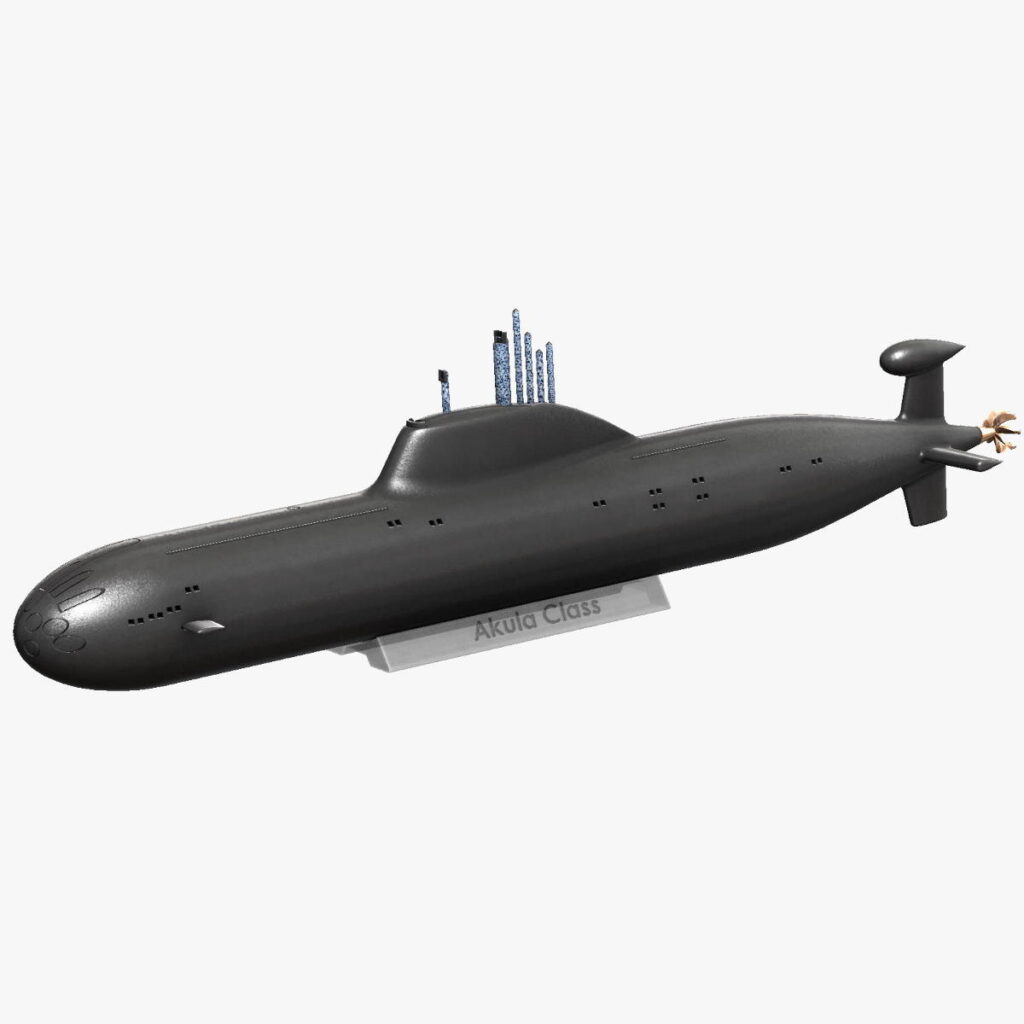
The Akula class submarines, also known as Project 971 Shchuka-B (NATO reporting name: Akula), stand as a testament to Russia’s prowess in submarine technology. These formidable underwater vessels have played a crucial role in the country’s naval capabilities and have garnered attention for their advanced features and capabilities. In this article, we delve into the fascinating world of the Russian Akula class submarines, examining their history, design, capabilities, and strategic significance.
History and Development:
The Akula class submarines were developed during the Cold War era by the Soviet Union to counter the perceived threat posed by the United States Navy’s submarine fleet. The construction of the first Akula-class submarine, the K-284 Akula, began in the early 1980s, and the class eventually included several submarines with different modifications.
Design and Features:
- Size and Dimensions: The Akula-class submarines are sizable vessels, measuring around 110 meters (360 feet) in length. Their large size allows for greater endurance and accommodates a substantial crew and advanced equipment.
- Stealth and Hydrodynamics: The Akula submarines are designed with stealth in mind, featuring a streamlined hull and advanced sound-dampening technologies to reduce their acoustic signature. This enhances their ability to operate covertly and avoid detection by enemy vessels.
- Armament: Armed with a variety of weapons, including torpedoes and anti-ship missiles, Akula submarines are versatile in their offensive capabilities. They can carry a mix of torpedoes in their forward torpedo tubes and have the ability to launch cruise missiles from vertical launch systems.
- Nuclear Propulsion: The Akula-class submarines are powered by a nuclear reactor, providing them with an extended range and the ability to remain submerged for prolonged periods. This nuclear propulsion system significantly enhances their operational capabilities compared to conventionally powered submarines.
- Crew Accommodations: These submarines feature advanced living quarters for the crew, equipped with amenities to support long deployments beneath the ocean’s surface. This includes sleeping quarters, a galley, and recreational spaces, ensuring the crew’s well-being during extended missions.
Operational Capabilities:
- Underwater Endurance: The Akula class submarines are known for their impressive underwater endurance, enabling them to conduct extended patrols and remain submerged for weeks or even months at a time. This makes them formidable assets for strategic and tactical naval operations.
- Surveillance and Intelligence Gathering: Equipped with advanced sonar systems and sensors, Akula submarines are capable of conducting surveillance and intelligence-gathering missions. Their ability to operate quietly and stealthily enhances their effectiveness in monitoring and tracking potential adversaries.
Strategic Significance:
The Akula class submarines hold strategic importance for the Russian Navy, serving as both a deterrent and a powerful tool for projecting force. Their ability to operate in various environments, coupled with advanced technology, ensures that they remain a formidable presence in the underwater domain.
Conclusion:
The Russian Akula class submarines stand as a testament to the nation’s commitment to maintaining a powerful and technologically advanced naval fleet. With their impressive design, advanced features, and strategic capabilities, these submarines continue to play a crucial role in shaping the dynamics of naval warfare and undersea operations. As technology evolves, the Akula class submarines remain a key component of Russia’s maritime defense strategy, securing their place in the annals of naval history.
Read on for more information and free file downloads.
The Akula class, Soviet designation Project 971 Shchuka-B (Russian: Щука-Б, lit. ’pike’, NATO reporting name Akula) are a series of nuclear-powered attack submarines (SSNs) first deployed by the Soviet Navy in 1986. There are four sub-classes or flights of Shchuka-B, consisting of the original seven Project 971 boats (codenamed Akula I), commissioned between 1984 and 1990; six Project 971Is (Improved Akulas), commissioned between 1991 and 2009; one Project 971U (Akula II), commissioned in 1995; and one Project 971M (Akula III), commissioned in 2001. The Russians call all of the submarines Shchuka-B, regardless of modifications.
This is just an other model of the well known Akula class, but this one is aimed for 3d printing.
The details are adjusted for 3d printability. There are several versions included for easy printing in various printers. There are also shell versions with emty interiors for projects like RC submarines etc.
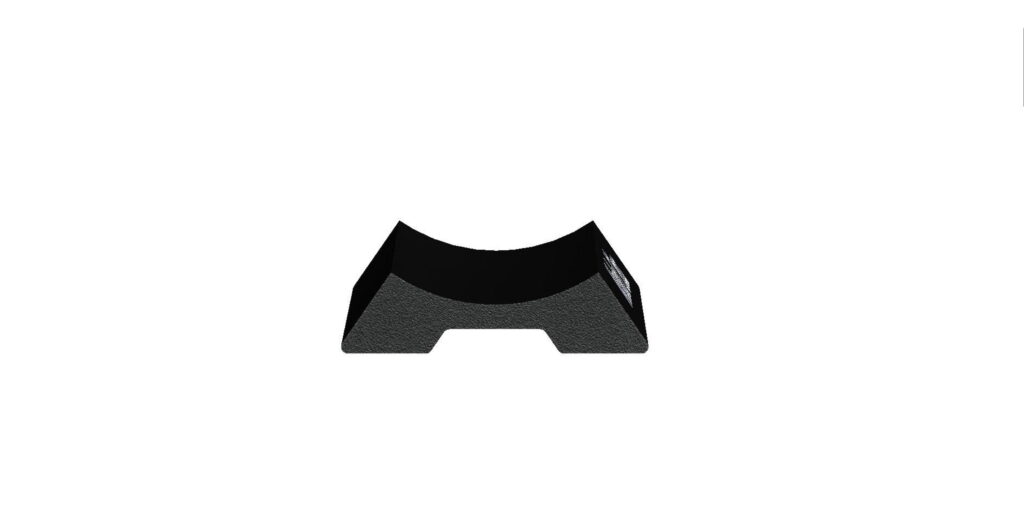
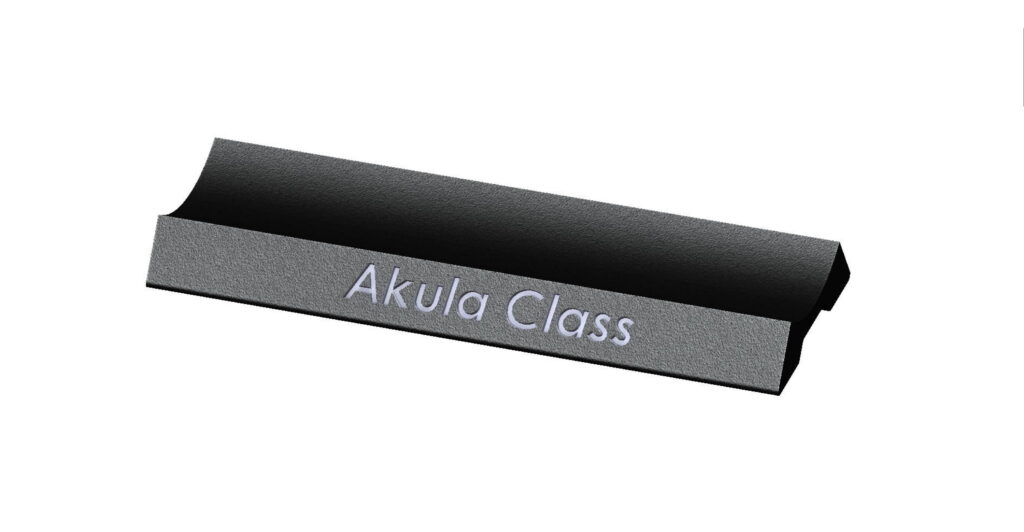
next page for more images and download links.
Pages: 1 2 3 Social tagging: akula > class > nuclear > russian > submarine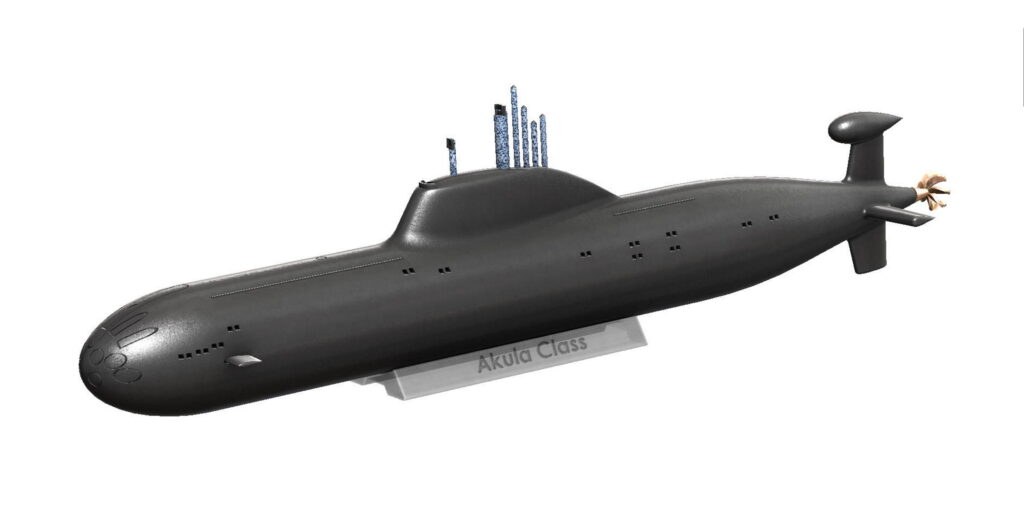
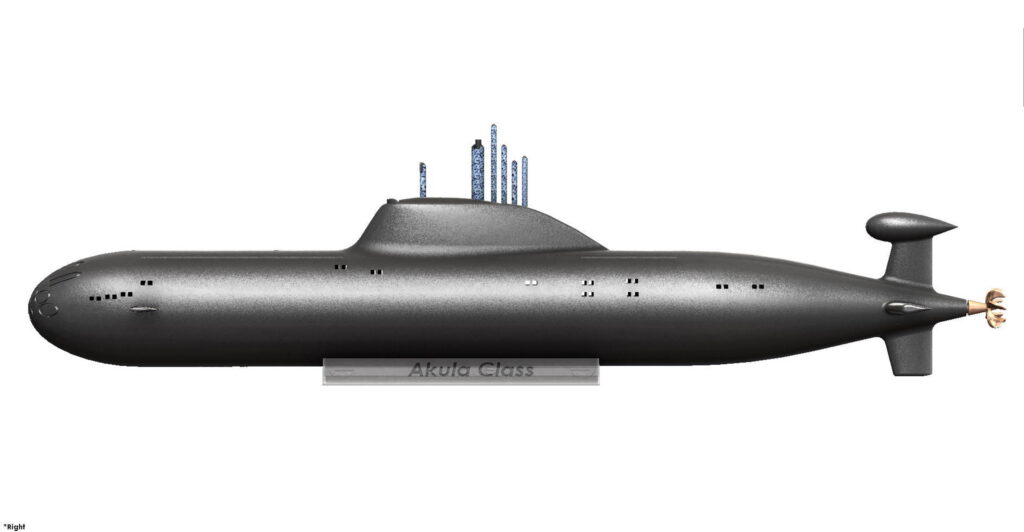
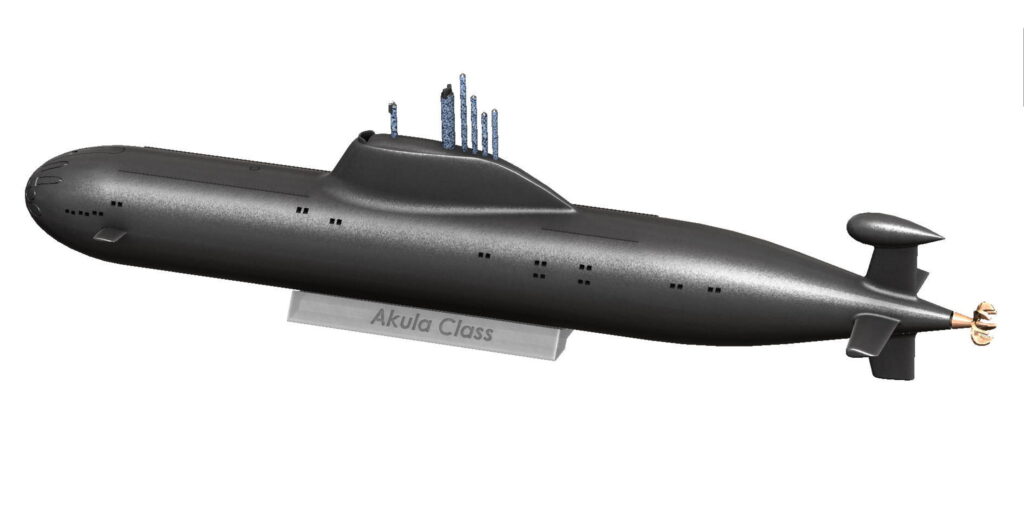
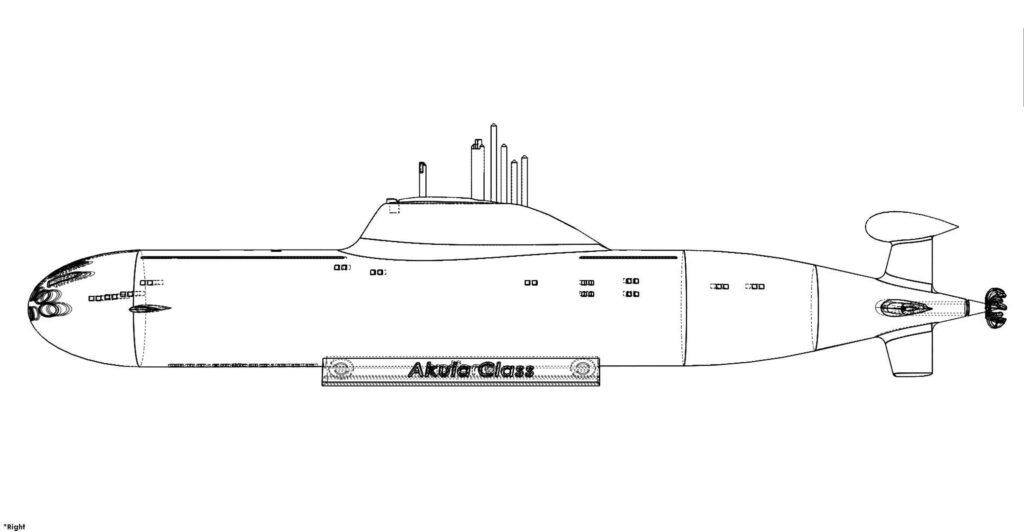
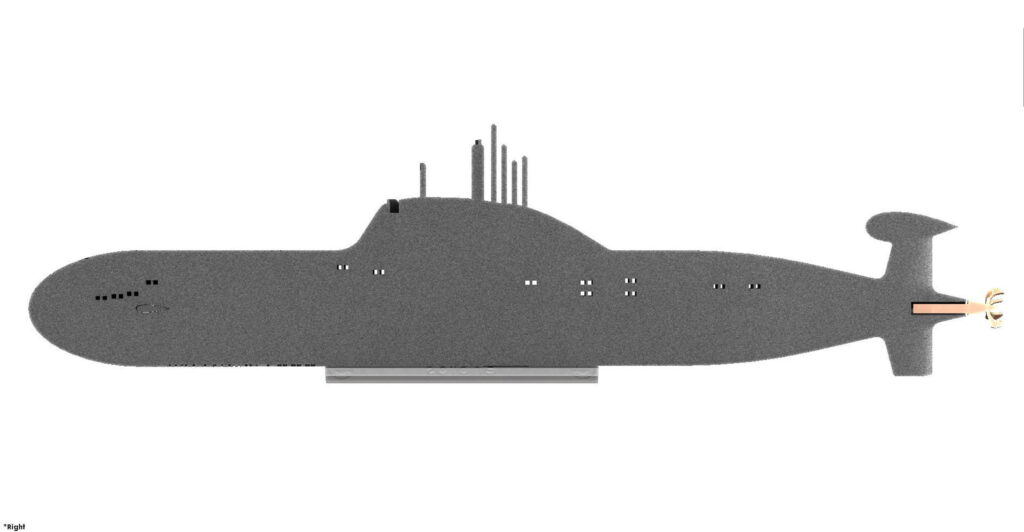
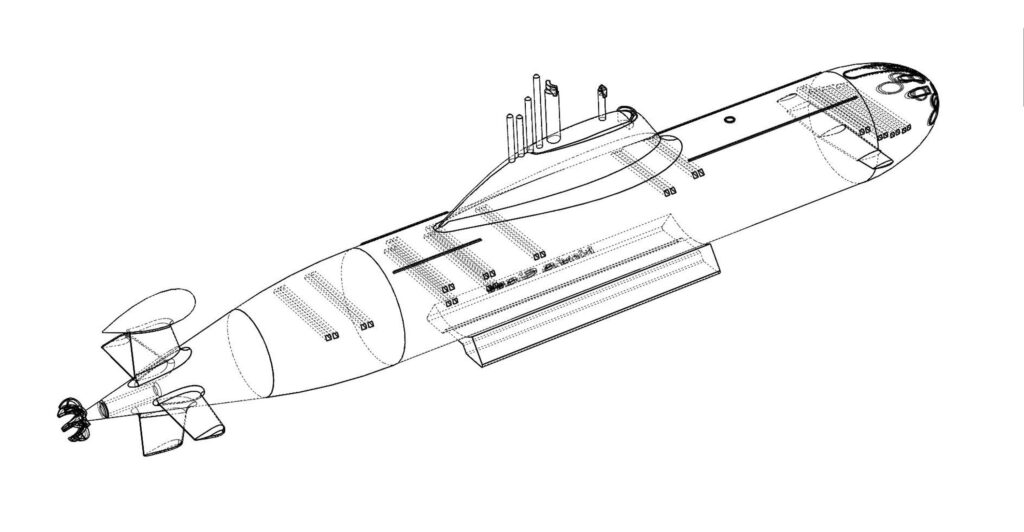
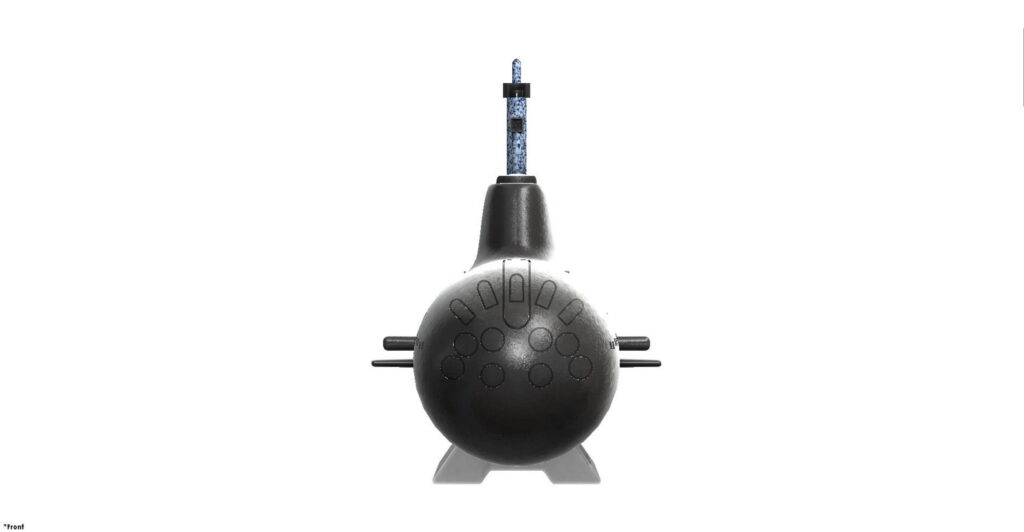
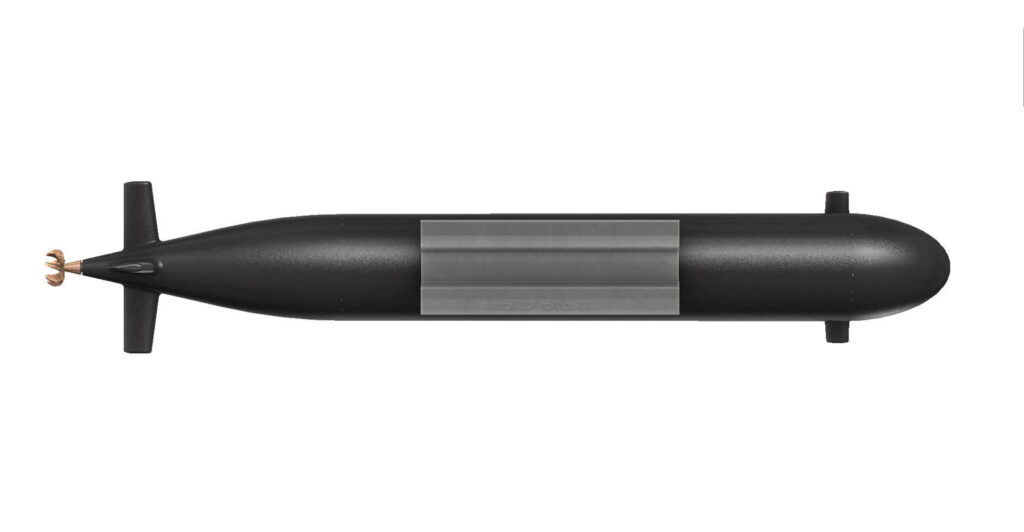
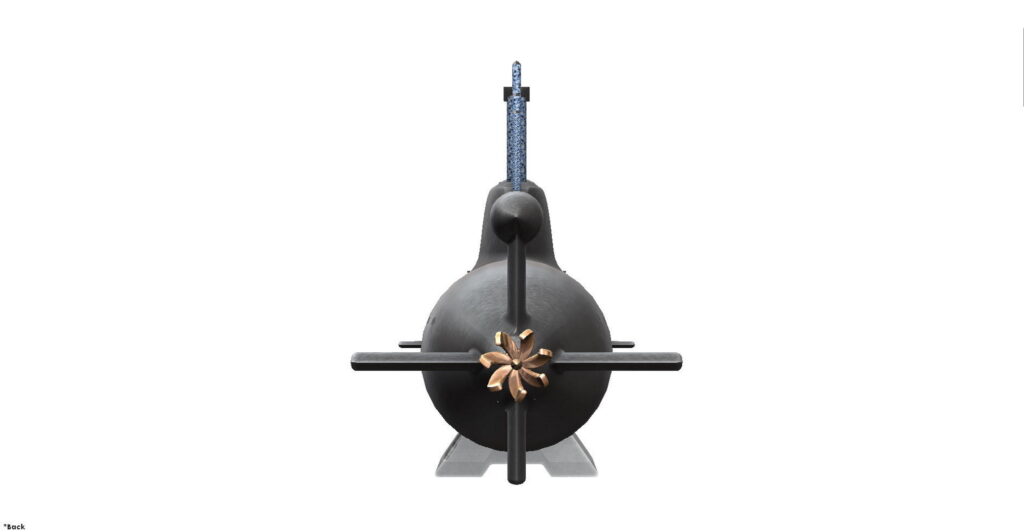
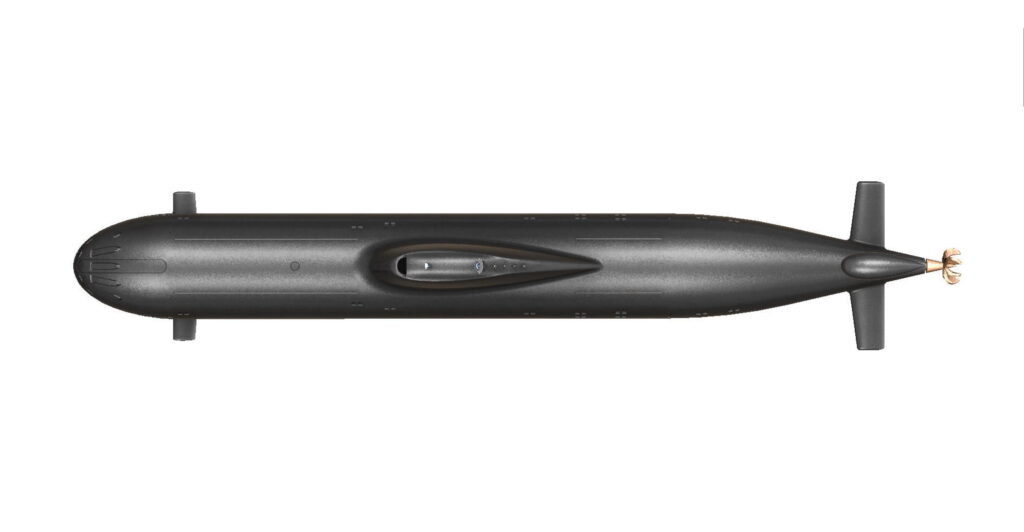






 Users Today : 75
Users Today : 75 Users Yesterday : 63
Users Yesterday : 63 Users Last 7 days : 517
Users Last 7 days : 517 Views Today : 186
Views Today : 186 Views Yesterday : 165
Views Yesterday : 165 Views Last 7 days : 1337
Views Last 7 days : 1337 Total views : 1302763
Total views : 1302763 Who's Online : 0
Who's Online : 0